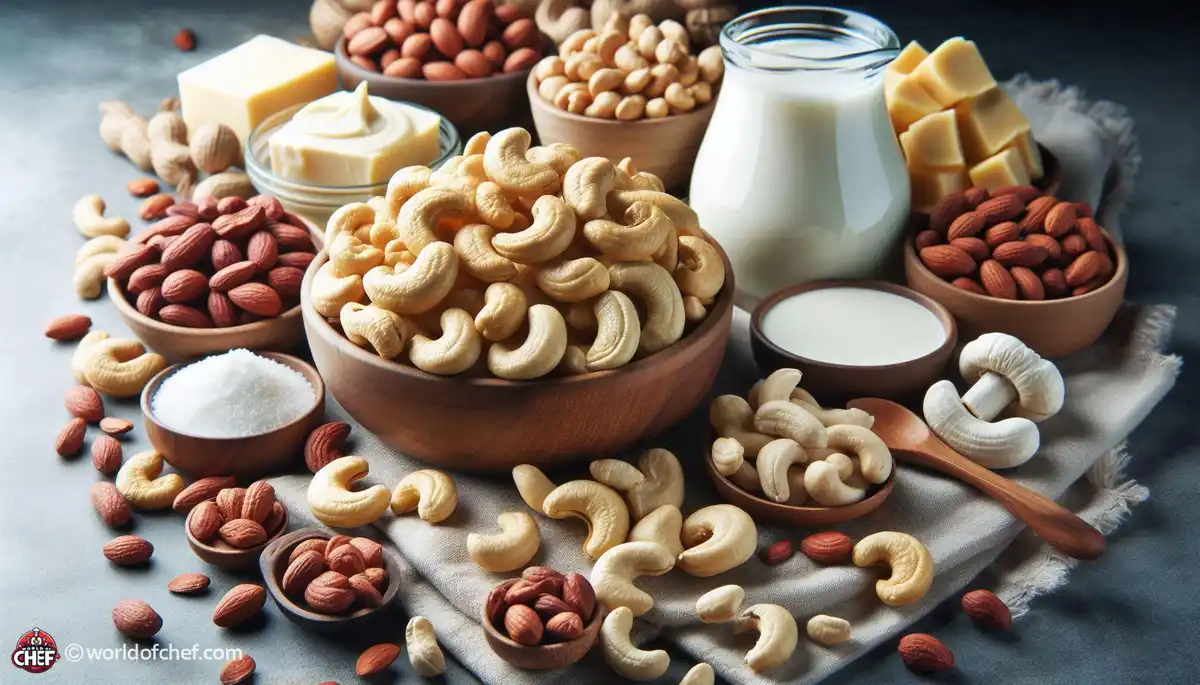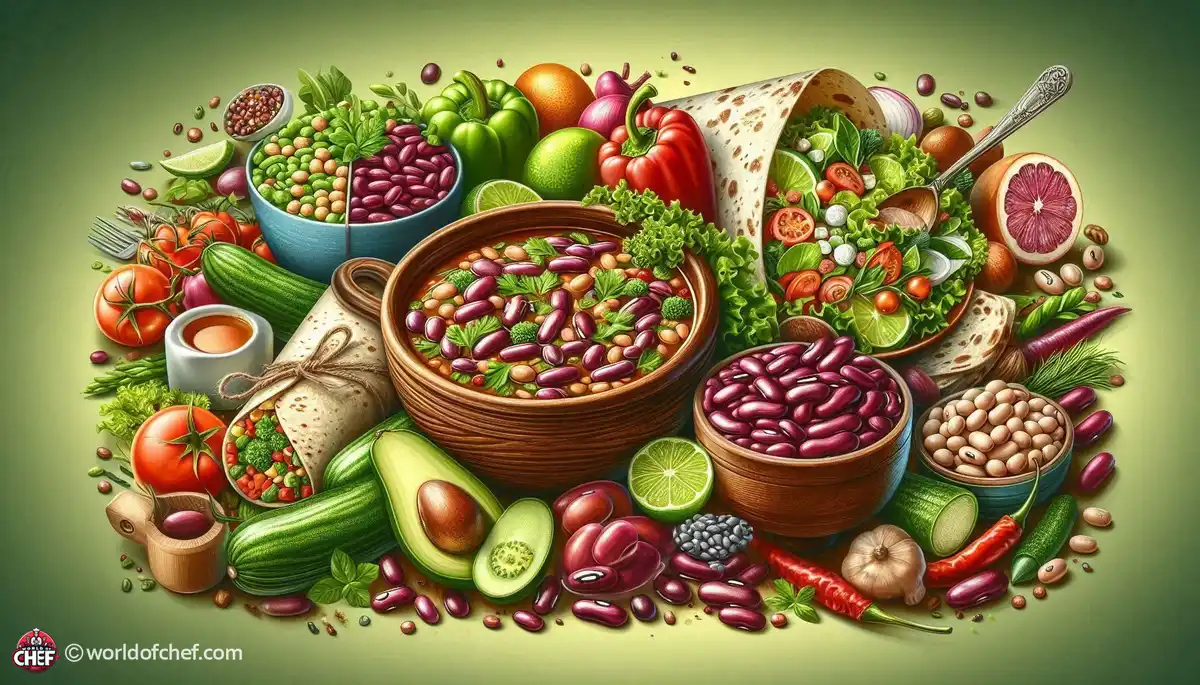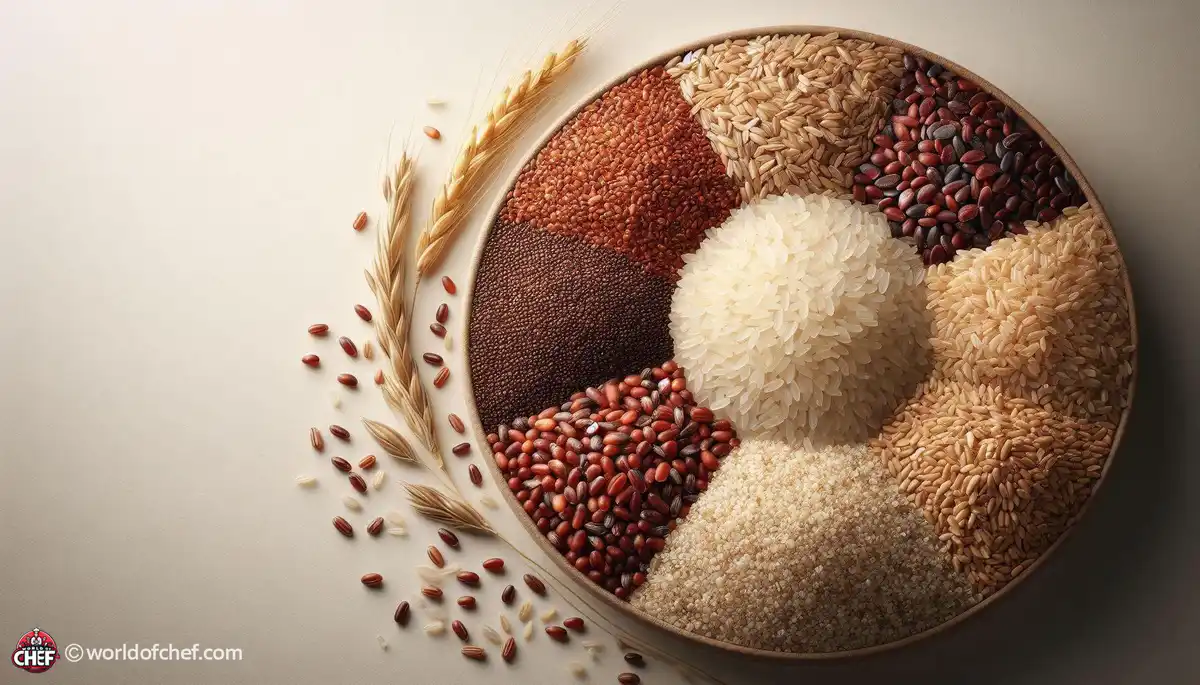
Unveiling the Power of Cruciferous Vegetables in Cancer Prevention
Eloise Jester - Mar 26, 2025 - 8 min read


Citrus Fruits are little bursts of sunshine that bring light to an otherwise dull cloudy day. From the punch of lemon to the flavor of orange, which is sweet and tart at the same time, these fruits give both savory and sweet dishes a delightful twist. So what are citrus fruits? Well, they belong to the Rutaceae family and are known for their juicy flesh and acidic taste. Citrus fruits were cultivated for centuries in the Southeast Asian region and soon became an integral part of most cuisines around the globe.
There is a wide variety of citrus, and each has some sort of flavor that will tickle your taste buds. Just to name a few are oranges, lemons, limes, grapefruits, and tangerines. It provides each variant, which contains its distinctive flavors, for instance the juice of the lime with high tartness and juice sweetness of the tangerine. One could really never go wrong in being thrilled with it: for being tangy is the zest of the Meyer lemon to the zest of bold, blood oranges. Thusly, with its kind's healthful advantages in Citrus fruits:
Citrus fruits are rich in vitamin C, which boosts the immune system, enhances collagen production, and aids in iron absorption. They contain antioxidants known as flavonoids that reduce inflammation and protect against chronic diseases. They have low calorie content and high fiber content, making them the best choice for weight management and digestive health.
Citrus fruits should be firm, heavy for their size with no soft spots or blemishes. The colour of the skin should be brightly colored, shiny, and in good condition. Orange, grapefruit fruits can even be tested with gentle pressing, if they feel succulent and plump then they are ready for use. When it comes to lemons and limes, your best choices are those ones with a smooth, thin skin because they tend to be more flavorful and much easier to juice.
Store the citrus fruits in a dry, cool place away from direct sunlight. Avoid any plastic bags or containers for storing citrus fruits because there is a possibility of your citrus fruits developing moisture as well as mold. Put them in a fruit bowl or basket where air can flow freely. If you have some citrus fruits that are left over, you can squeeze them and freeze the juice in ice cube trays for future use. That way, you can enjoy the taste of citrus all year round.
Store citrus fruits in the refrigerator so you can enjoy them in their shelf life of two weeks. You can also preserve citruses through preparing marmalades, jams, or pickles. You will love these homemade preserves of fruits that prolong their freshness and add flavor to any meal. Proper storage, preservation, and use mean you can enjoy citrus long after the peak season.
Citrus fruits are perhaps one of the most versatile ingredients used to enhance both savory and sweet preparations. The intense acidity has a refreshing contrasting effect against richer or oilier ingredients and is used abundantly in marinades, dressings, and sauces. Adding the juice of lemons and limes will brighten up soups, stews, and cocktails. Citrus zest in baking provides the fragrant aroma and citrus taste to cakes, cookies, and pies.
Besides the flavoring and tenderizing them give from their acidic contents, citrus fruits generally seem to be a natural tenderizer. Marinating with meat, poultry, or sea food doused in citrus juice helps break up meaty tougher fibers and proteins making it softer yet far flavorful dishes. In reality, this process forms the backbone of most dishes, for example, ceviche wherein raw fish is rendered to be "cooked" through the help of citrus juice, which softens but refreshes the appetite further.
Besides using fresh citrus fruits or juiced varieties, preserved methods involve citrus preserves- the marmalade and candied peel styles for example. These sweet spreads sometimes laced with a tang have always been perfect to be dipped in your toast, placed on scones, and are guaranteed to make your breakfast taste good or add flavor in the middle of the teatime. But apart from being an amazing food source, you can use citrus fruits to make flavored vinegars or liqueurs for salad dressings or a cocktail. You get the idea. There's really no limit to what you can do with these citrus fruits in your kitchen with a little creativity.
Citrus fruits have a history that dates thousands of years back. They were believed to have originated from Southeast Asia, but after that, they were distributed to other lands and their civilizations through trade and discovery. In ancient civilization, citrus fruits were one of the most valued fruits of old for their medicinal powers. They were used heavily in treating various diseases, be it scurvy, indigestion, and much more. Through time, these citrus fruits became symbols of richness and prosperity, appearing on royal gardens and lavish dinner tables.
Citrus fruits play a vital role in the cuisines of the world today, from the tangy salsas of Mexico to the fragrant tagines of Morocco. In Mediterranean cuisine, lemons and oranges are ubiquitous, used in everything from savory dishes to desserts. In Asian cuisine, kumquats and yuzu add a unique citrusy flavor to dishes like stir-fries and sauces. The essence of freshness and acidity with either a marinade, a seasoning, or garnishing gives citrus fruits an edge in the kitchen, irreplaceable.
There is so much symbolic significance to citrus fruits, which holds high for many cultures. For instance, the Chinese people view oranges as symbols of good luck and prosperity; they exchange oranges during the Lunar New Year. In the Jewish culture, etrog is a variety of citrus fruit, considered ritually to be taken up in the celebration of the festival of Sukkot. In the Hindu world, citrus fruits were made offerings to gods for signs of love and devotion. This is what exemplifies how citrus fruits go a long way back to date in human civilization.
Citrus fruits would be a lot more than just a good snack-something that brings flavor and nutrition to your table-culinary significance. Try squeezing lemons for one of those refreshing summer drinks or grate orange zest onto a batch of cookies-to add a bright and vibrant dimension to any dish. So why not join the citrus bandwagon and get on the path to explore the vast options which these adaptable fruits can be used in? Be a skilled chef or an amateur cook; there's always something more to try out in this tangy world of citrus.

Eloise Jester - Mar 26, 2025 - 8 min read

Wayne Tobar - Mar 23, 2025 - 6 min read

Harold Turcios - Mar 19, 2025 - 7 min read

Nevaeh Zeng - Mar 16, 2025 - 6 min read